MTN South Africa has once again emerged as the country’s top-performing mobile network, securing the highest score in the Q2 2025 MyBroadband Network Quality…
Gearburn’s definitive guide to MediaTek chips [Updated]
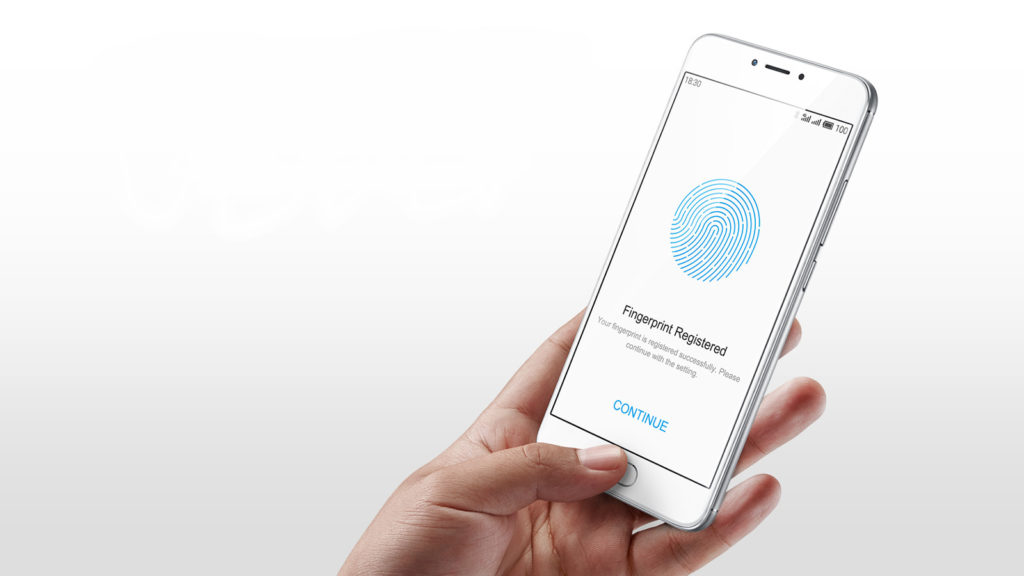
We’ve already done a Snapdragon smartphone guide, but what if you’re leaning towards a MediaTek-powered phone? There are loads of processors from the Chinese firm out there, but how do you know which one is worth your cash?
You can use our guide for this, as we demystify the MediaTek range of chips and give pricing recommendations in the process.
For our definitive guide to Qualcomm Snapdragon smartphones, have a look at the piece linked below.
Gearburn’s definitive guide to Qualcomm Snapdragon smartphones
From general tasks to 4K video support, your smartphone’s processor plays a big part in the overall experience. And Qualcomm’s Snapdragon range powers scores of smartphones around the world. Read more…
MT6572: that entry-level bracket
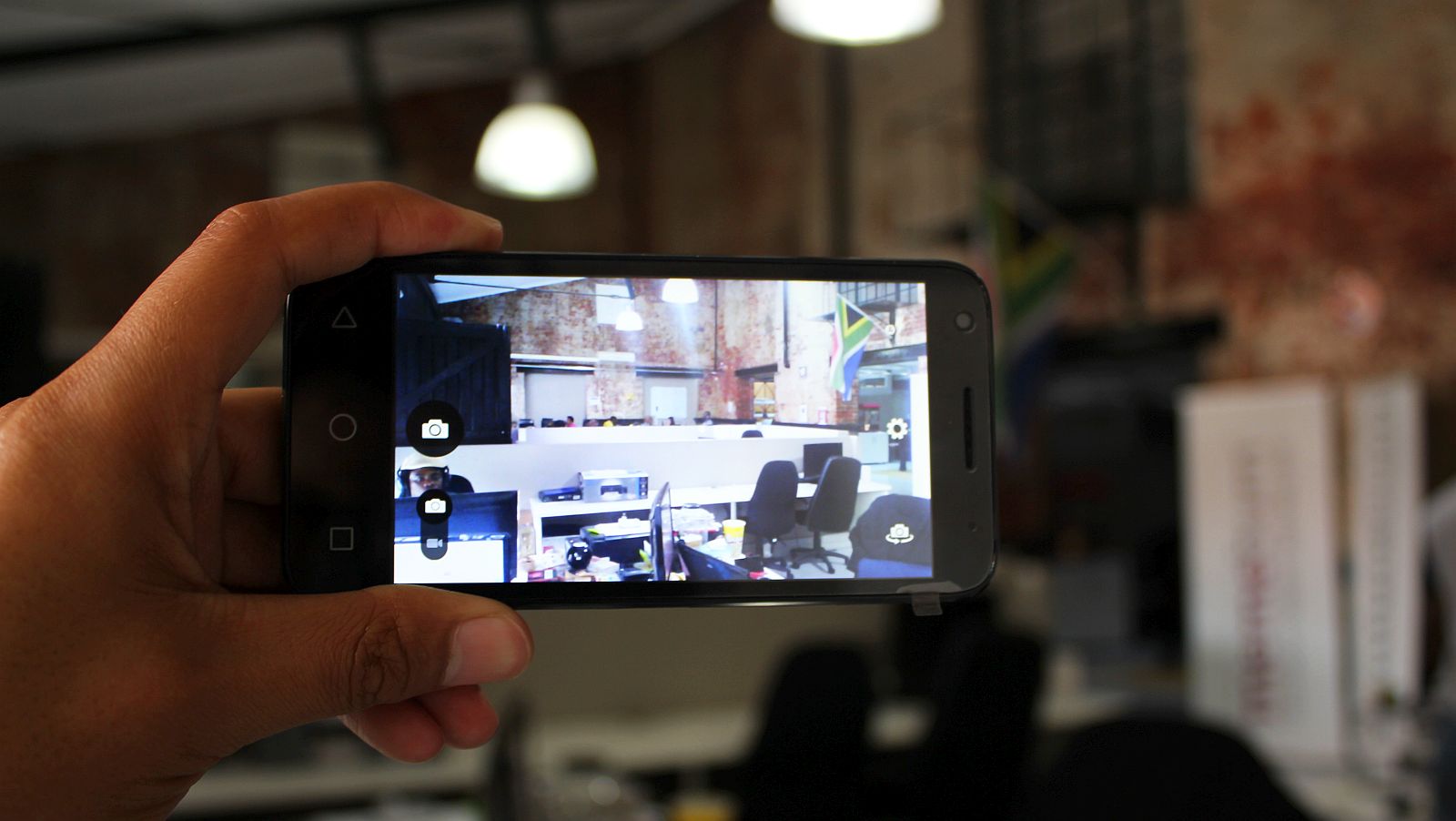
This is arguably the most basic MediaTek chipset in widespread use, being a couple of years old already.
The MT6572 is a dual-core processor, featuring two virtually obsolete but power-sipping A7 cores (being replaced by the current standard, 64-bit A53 cores). Don’t expect to be playing many games with this chip, but 2D games should run at somewhat playable speeds.
If you can only afford R500 to R900, a phone with this chip will keep you connected just fine
As for other capabilities, the chipset supports up to 960×540 resolution displays, HSPA+ (no LTE here) and tops out at 720p video recording. Additionally, the chip offers support for cameras with a maximum resolution of 5MP on the rear and 1.3MP on the front. There’s also the MT6572M variant, featuring a slightly lower clock speed and a drop to 480p recording.
The key takeaway here is that this is an entry-level smartphone chipset, plain and simple, but devices powered by this chip range make for good backup/burner phones.
Phones: Prominent devices using this chipset or its variant include the Vodacom Smart Kicka (review), Acer Liquid Z3/Z5/Z200, Huawei Ascend Y220 and ZTE Blade Q.
Price: You can find quite a few MT6572-equipped smartphones for under R800 these days, such as the R550 Smart Kicka. The Alcatel One Touch Pixi 3 (review) goes for R1000 though, but you definitely don’t want to go higher than that.
TL;DR: This is the Snapdragon 200 series of MediaTek chips (i.e. entry level), albeit being less capable than the Snapdragon equivalent. For instance, Qualcomm’s chips support 720p screens, quad-core designs and 8MP cameras. Phones powered by this range generally run Jelly Bean, Kit Kat or Android 5.1 at best – one certainty is that you’ll almost never get any updates delivered.
MT658x: a little better than entry-level
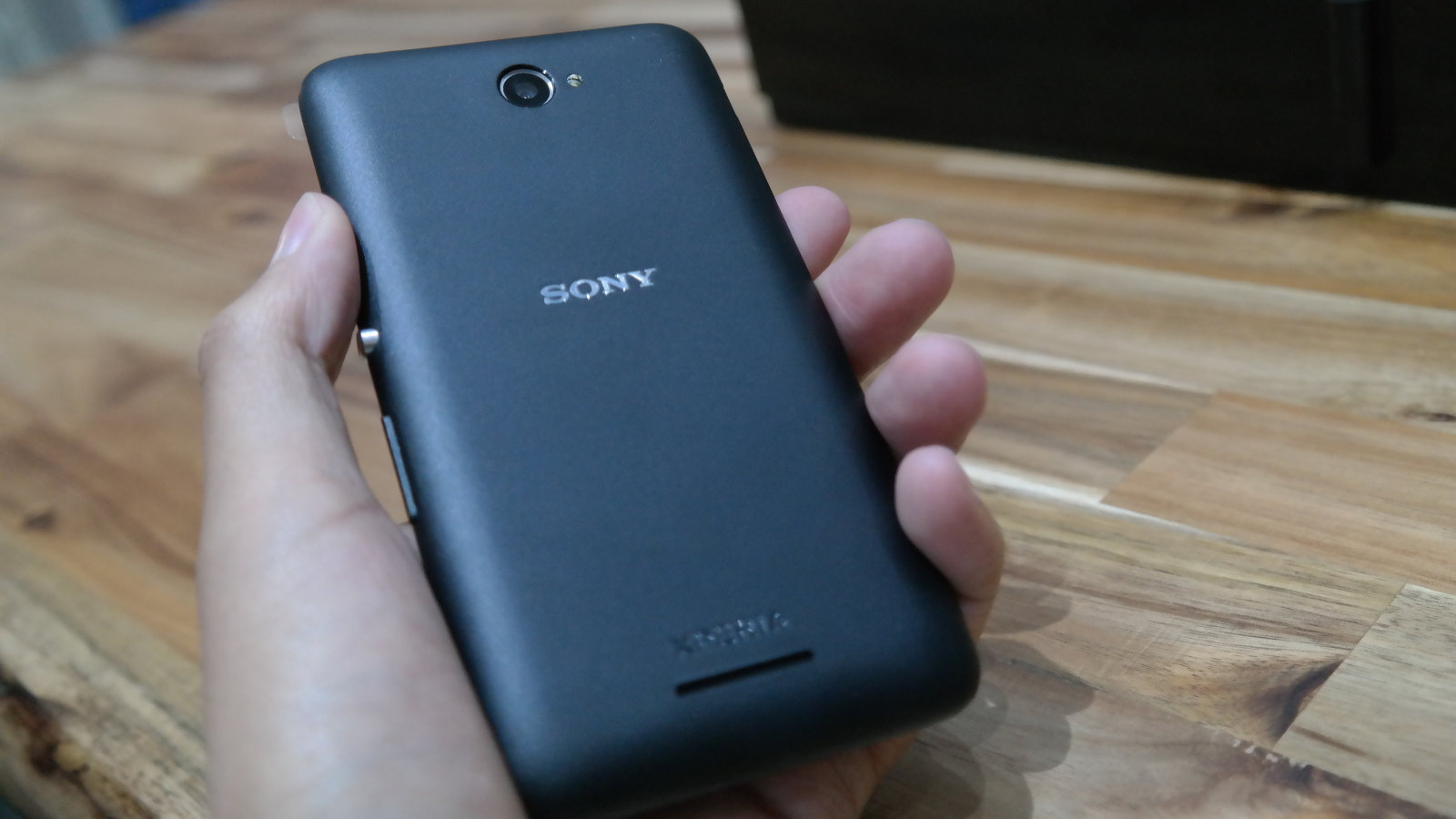
The MT658x range is a big family (there’s the MT6580, 6582/6582M, 6588, 6589/6589M/6589T), but they all have two things in common. The first thing is that they still use the old power-sipping A7 cores instead of modern energy-efficient A53 cores. The second constant is that they all use quad-core designs, offering a much-needed boost over the dual-core MT6572 family.
In terms of actual capabilities, you’re looking at a chipset family that generally supports up to 720p displays, full HD recording and playback (1080p) and a main camera that tops out at 8MP. So a small but notable bump in almost every category then.
The brains powering this MediaTek chipset family are still old, but there are more of them to juggle tasks
As for performance, the quad-core A7 design and modest graphics component (the latter varies from basic single-core Mali 400 to quad-core Mali 450 MP4) means that everyday tasks will be satisfactory at best. 2D games should run at a very playable pace, but expect to run into trouble with 3D titles, as these games default to the lowest visual settings. In other words, today’s most demanding games are probably not going to run well on here, nevermind titles a year down the line.
It’s also worth noting that none of the chips in this family have integrated LTE capabilities, meaning you’ll be using 3G or HSPA+ if the phone doesn’t have a separate LTE modem installed.
Phones: There are loads of phones using these chips, most notably the Blu Studio Selfie (and early models in the Blu Life range), LG K5/K7, Sony Xperia C/E4, FairPhone 2014, HTC Desire 310 and several devices from MicroMax.
Price: Expect these handsets to start at around R1000 to R1200, although the Sony Xperia E4 had a prepaid launch price of about R1600. Nevertheless, you don’t ordinarily want to breach that mark with these chips – and definitely not the R2000 mark.
TL;DR: This represents a modest step up compared to the entry-level MediaTek chips, so expect a slightly better user experience, rather than dramatic improvements. Don’t expect the latest Android updates though.
MT673X: a big leap for entry-level and lower mid-range phones
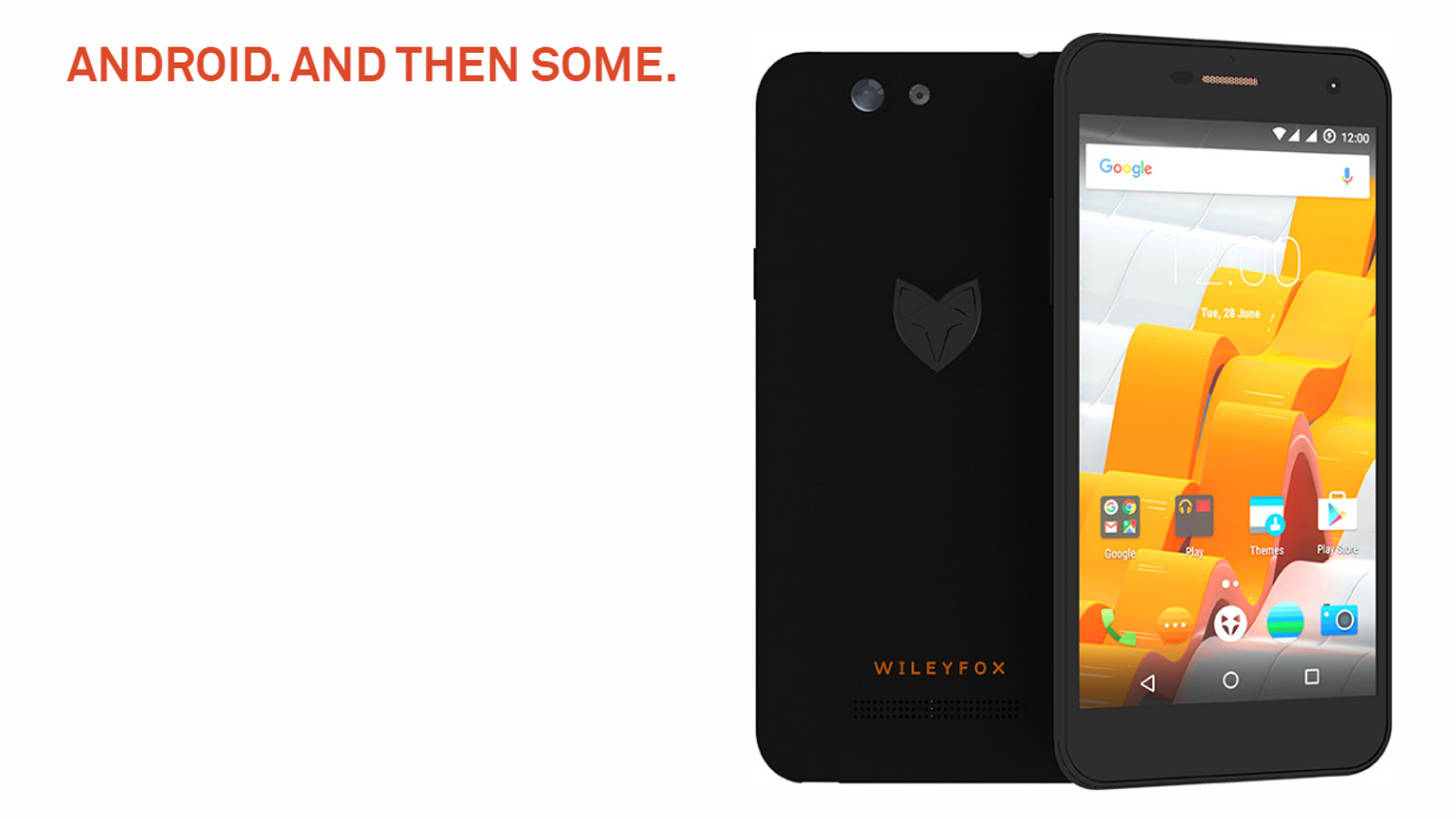
We’ve skipped a couple of MediaTek processors to get here, such as the octacore MT659x range of chips (albeit using A7 cores), but this particular range signals MediaTek’s move to new A53 cores instead of the obsolete A7 designs used before. In English, that means more powerful and more energy-efficient cores for today’s sub-R3000 phones. You should also expect these chips to slowly filter down to the R2000 price window.
The MT673x range (including the 6732, 6735 and 6738) supports LTE connectivity, 1080p video recording and playback, H.265 video playback, 13MP main cameras and displays with a maximum resolution of 720p (although the 6738T variant supports 1080p displays). In other words, it’s got a solid price/performance ratio, being comparable to the Snapdragon 410 chip in many ways.
The MediaTek MT673x range represent the new wave of chips in sub-R3000 phones
Speaking of performance, the quad-core A53 design is often paired up with decent but not quite cutting-edge Mali T720, T760 or T860 GPUs. This makes for good everyday performance but don’t be surprised to see a wee bit of stutter now and again. These processors also deliver some solid, if unspectacular gaming. Do expect slowdown, low-quality graphics and general incompatibility with the more advanced titles though. But the vast majority of games should at least work.
In saying so, these chips will run N64 and PS1 emulators at mostly playable speeds, as the similarly equipped Raspberry Pi 3 shows.
Phones: Examples of handsets using this chipset family include the Sony Xperia E4g, Wileyfox Spark, Acer Liquid Z630, Gionee Marathon M5, Meizu M2 and Vodafone Smart speed 6.
Price: Handsets with these chips generally go for around R2000 or thereabouts. A few hundred less and you have a decent deal, a few hundred more and you can get a phone with a better chip for the money. Phones with these chips are slowly replacing the MT658x family too (the previous entry), so expect price drops in the older range.
TL;DR: The best of the bunch so far, these quad-core chips might surprise you with their performance. Expect a lot of slowdown in the most advanced games, but new releases should still run on here with visuals turned down. If you plan on keeping a phone for a year and want to spend roughly R2000-R2500, get a handset with this type of chip or better. Found a smartphone running this chip family for about R3000? Then it better have other killer features, otherwise you’re better off with a phone featuring the below chips…
MediaTek P-series and X10: Almost, but not quite flagship
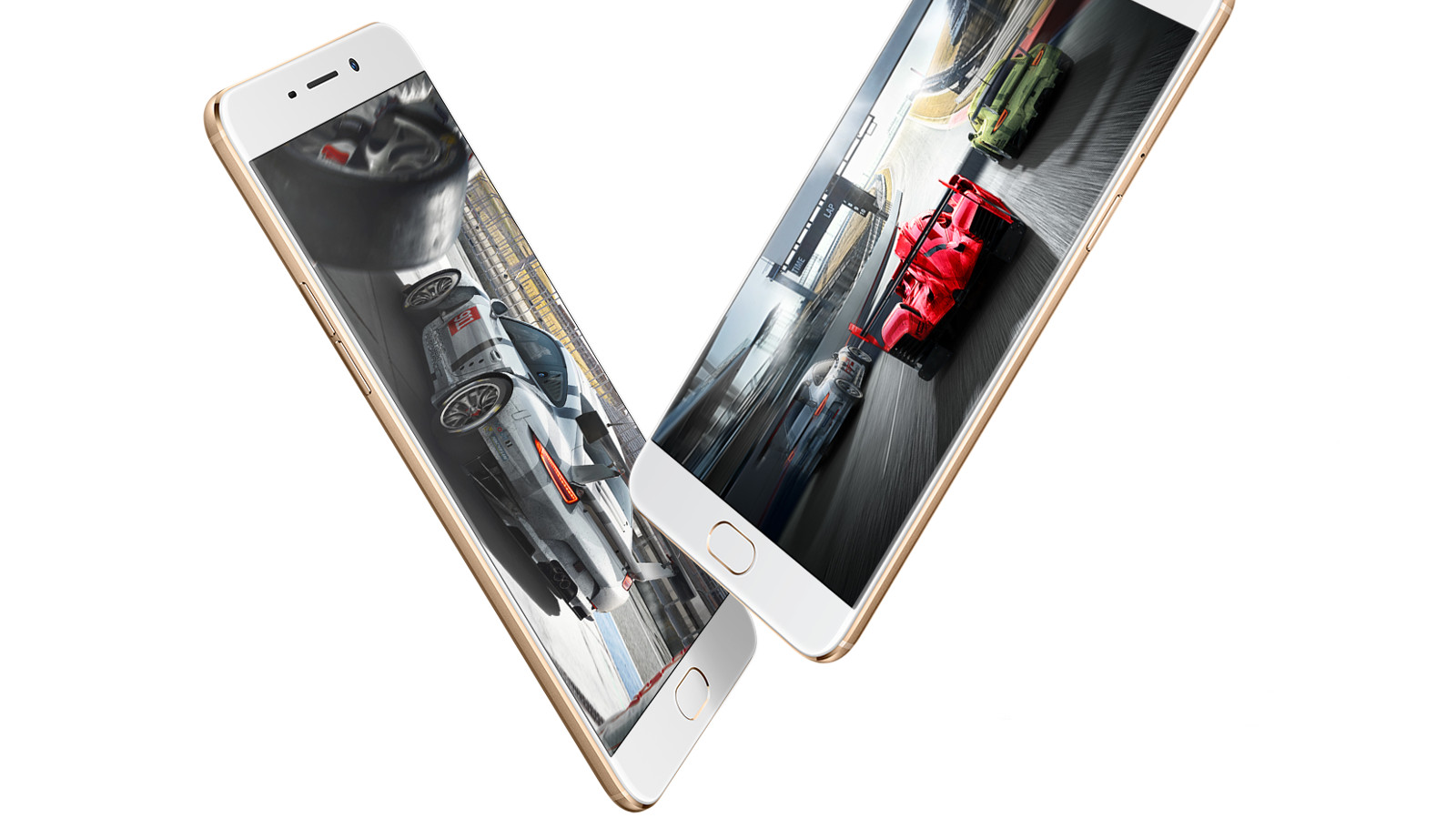
The P series and X10 processors offer “super mid-range” performance, blending a lot of premium features into a budget price point. They’re not quite flagship level, as they all use octacore A53 cores instead of high-powered A57 or A72 cores (albeit clocked much higher than previous chips on the list).
The P10 is the least capable of all the chips though, topping out at 1080p screen support, 1080p video recording and a 21MP main camera. The X10 is the better performer for the most part, offering 4K recording, 20MP main camera support and a maximum screen resolution of 2560×1600.
The Mediatek P-series and X10 offer a few high-end features at a lower price but overall, these fall below the flagships
The other P series chips (P20, P23, P25, P30) offer better graphical hardware, while the P20, P25 and P30 also support 4K recording and 24MP cameras at the very least (the P23, P25 and P30 support dual cameras too).
Interestingly enough, the P23 and P30 are the only P-series chips to support tall 2160×1080 screens, so don’t be surprised if these chips are in many phones next year.
In terms of the user experience, you can expect brisk speeds in general, while visually complex games should run at a good pace thanks to the combination of higher clocked CPU cores and solid GPUs. Expect a little slowdown now and again in a few advanced titles, but gaming will be a good experience nonetheless.
As a side note, the P10 chip has a few less capable family members (namely the MT675X range). This family offers the same octacore A53 design as the P10 but skimps on the CPU, GPU and RAM speeds. Notable phones that use these older chips include the LG X Cam, Meizu M2 Note and Lenovo K4 Note.
Phones: The MediaTek P10 has been used in the new Meizu M3 Note, Elephone P9000, Sony Xperia XA/XA Ultra and Oppo R9, to name a few. The X10 is available in the HTC One M9+, Meizu MX5, Xiaomi Redmi Note 2 and Meizu MX5. The Helio P20 has found its way into Sony’s XA1 range and the Alcatel Idol 5S.
Price: Smartphones packing these processors generally vary from around R3000 (Redmi Note 2) to about R5000 (Xperia XA1 Ultra). Don’t pay more than R6000/R7000 for a P-series device though, unless it has standout features like an excellent camera, water-resistance or lots of storage.
TL;DR: The X10 and P-series both offer good performance and support for some flagship-style features, but don’t quite reach flagship level overall. The X10 is old-hat now, despite supporting 4K recording and 2K screens. Expect the P23 and P30 to power more than a few “upper mid-range” phones in 2018, thanks to support for tall screens and dual cameras.
MediaTek X20, X25 and X30: the firm’s flagship chips
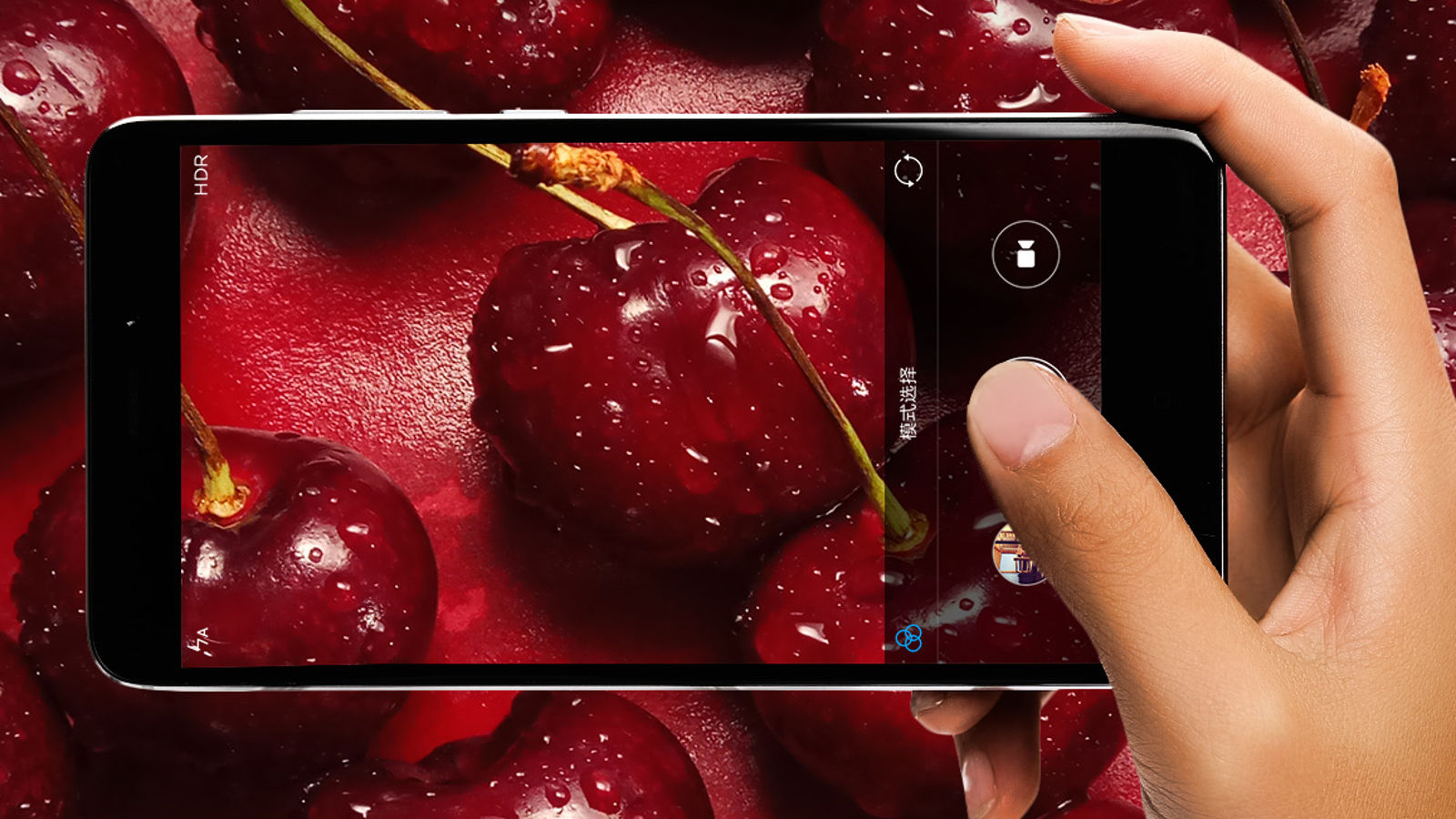
This is MediaTek’s top-end chip family, being equivalent to the top-end Snapdragon 800 range in many ways — aside from the GPU department. In fact the X20, X25 and X30 feature decacore (ten core) designs, being the most cores you’ll see in a mainstream smartphone chip.
The MediaTek X20 and X25 use two super-fast A72 cores, with the remaining eight cores being two clusters of four energy-efficient yet capable A53 cores. The end-result is a range that supports up to 32MP cameras, 4K video recording and 2560×1600 screens. There are a few X20 and X25-equipped phones with 6GB of RAM, such as a variant of the Vernee Apollo, so those wanting monster specs are catered for as well.
The Helio X30 saw a similar decacore layout, but with two super-fast A73 cores, four lightweight A35 cores and four lightweight A53 cores. The chip, which packed a PowerVR 7-series GPU, is also designed on a 10nm process for even more power savings. As for capabilities, the X30 offers 4K screen support, 4K recording, dual 16MP cameras and up to 8GB of RAM.
It’s a pity then that the Helio X30 was only ever available in the Meizu Pro 7 range.
Phones with these processors tend to fly in general tasks such as launching/closing apps, multitasking and camera responsiveness, much like the Snapdragon 800 range. As for gaming, you can expect maximum detail in almost every single title out there, although Samsung and Qualcomm generally offer faster graphics chips.
So phones using rival chipsets will have a more consistent framerate and better compatibility with the latest emulators, but X20, X25 and X30 offer smooth experiences and lush visuals anyway.
Phones: Some of the more notable phones to use the X20 include the Meizu MX6, Xiaomi Redmi Pro, the Vernee Apollo and Xiaomi Redmi Note 4. The X25 has been used in fewer phones, being featured in the more expensive Redmi Pro, Meizu MX6 Pro and a variant of the LeEco Le2. The X30 has only been used in the Meizu Pro 7.
Price: Expect to pay anywhere from R4000 to R7000 for a phone with these chips if you import it, depending on other specs and brand name as well. Unfortunately, none of these phones are readily available in South Africa.
TL;DR: These are the best Mediatek chips you’re going to get, going toe-to-toe with flagship chips from other manufacturers and offering the same high-end features (2K screens, 4K recording, dual camera support etc). It doesn’t quite reach the graphical heights of most of these chips, but it’ll still deliver a great experience.
Update: We erroneously said that the Mediatek Helio X20/X25 doesn’t support more than 4GB of RAM. This has been corrected.
Update, 28 November 2017: We’ve added Mediatek’s Helio X30 and Helio P20/P23/P25/P30 chips to the article.

